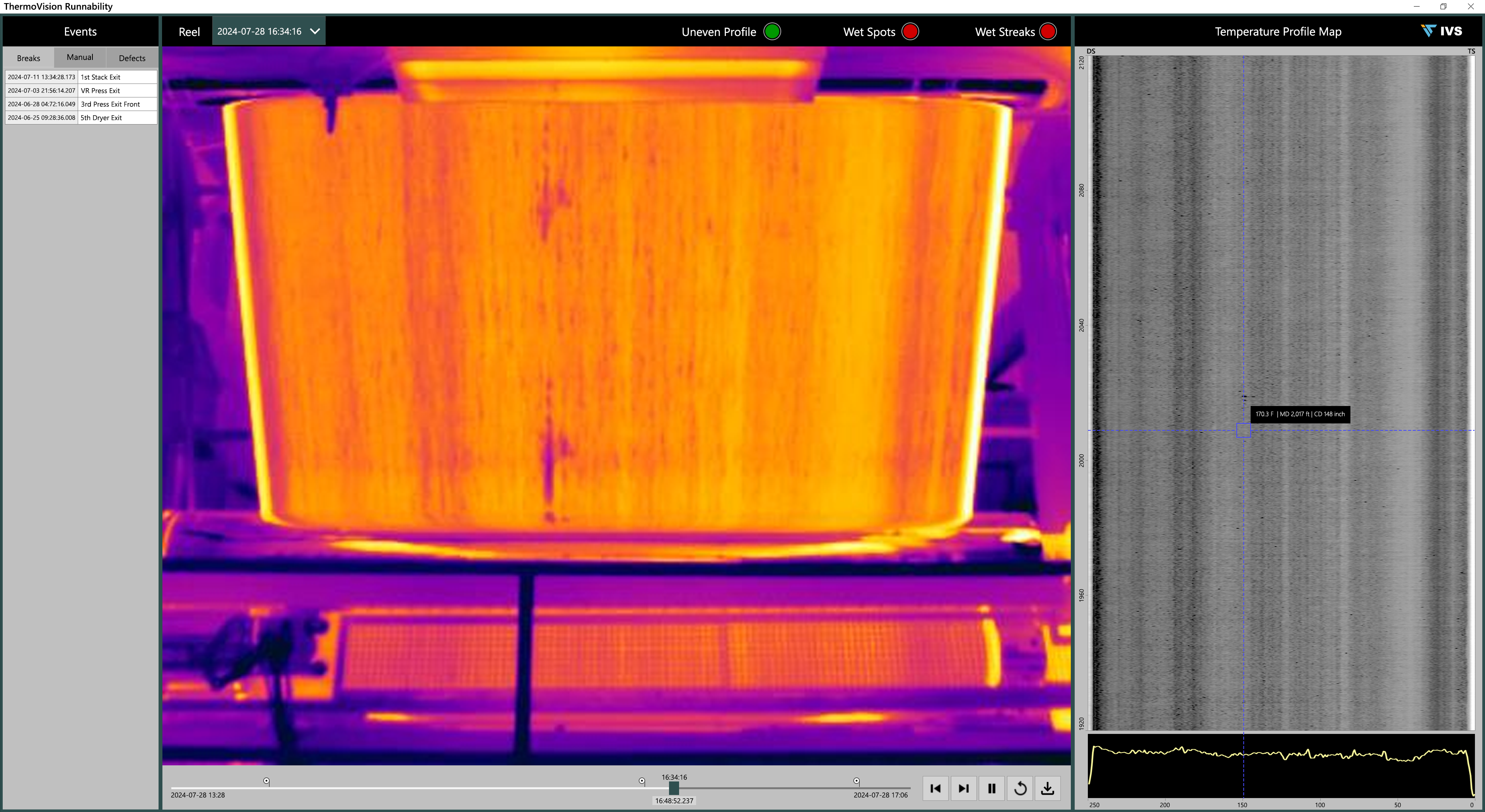Cornell researchers have created a lithium battery that can charge in under five minutes while remaining stable to help reduce range anxiety about electric vehicles (EVs).

Electric vehicle (EV) insights
- Cornell Engineering developed a lithium battery charging in under 5 minutes, reducing “range anxiety” for electric vehicle drivers, which could cut electrical vehicle (EV) costs and increase adoption.
- The team’s innovative approach focuses on indium as a battery anode, enabling rapid charging and long-term stability. While indium has drawbacks, the study opens avenues for exploring lightweight alternatives using generative AI tools.
A team in Cornell Engineering created a lithium battery that can charge in under five minutes – faster than any such battery on the market – while maintaining stable performance over extended cycles of charging and discharging. This development could help alleviate “range anxiety” among drivers who worry electric vehicles (EVs) cannot travel long distances without a time-consuming recharge.
“Range anxiety is a greater barrier to electrification in transportation than any of the other barriers, like cost and capability of batteries, and we have identified a pathway to eliminate it using rational electrode designs,” said Lynden Archer, Cornell’s James A. Friend Family Distinguished Professor of Engineering and dean of Cornell Engineering, who oversaw the project. “If you can charge an EV battery in five minutes, I mean, gosh, you don’t need to have a battery that’s big enough for a 300-mile range. You can settle for less, which could reduce the cost of EVs, enabling wider adoption.”
The team’s paper, “Fast-Charge, Long-Duration Storage in Lithium Batteries,” published Jan. 16 in Joule. The lead author is Shuo Jin, a doctoral student in chemical and biomolecular engineering.
Lithium-ion (Li-Ion) batteries are among the most popular means of powering electric vehicles and smartphones. The batteries are lightweight, reliable and relatively energy-efficient. However, they take hours to charge, and lack the capacity to handle large surges of current.
“Our goal was to create battery electrode designs that charge and discharge in ways that align with daily routine,” Jin said. “In practical terms, we desire our electronic devices to charge quickly and operate for extended periods. To achieve this, we have identified a unique indium anode material that can be effectively paired with various cathode materials to create a battery that charges rapidly and discharges slowly.”
Archer’s lab previously approached battery design by focusing on how ions move in electrolytes and crystallize at interfaces of metal anodes, then used this knowledge to manipulate the electrode morphology to make safer anodes for long-duration storage.

For their lithium battery, the researchers took a different tack and focused on the kinetics of electrochemical reactions, specifically employing a chemical engineering concept termed the “Damköhler number.” This is essentially a measure of the rate at which chemical reactions occur, relative to the rate at which material is transported to the reaction site.
Identifying battery electrode materials with inherently fast solid-state transport rates, and hence low Damköhler numbers, helped the researchers pinpoint indium as an exceptionally promising material for fast-charging batteries. Indium is a soft metal, mostly used to make indium tin oxide coatings for touch-screen displays and solar panels. It is also used as a replacement for lead in low-temperature solder.
The new study shows indium has two crucial characteristics as a battery anode: an extremely low migration energy barrier, which sets the rate at which ions diffuse in the solid state; and a modest exchange current density, which is related to the rate at which ions are reduced in the anode. The combination of those qualities – rapid diffusion and slow surface reaction kinetics – is essential for fast charging and long-duration storage.
“The key innovation is we’ve discovered a design principle that allows metal ions at a battery anode to freely move around, find the right configuration and only then participate in the charge storage reaction,” Archer said. “The end result is that in every charging cycle, the electrode is in a stable morphological state. It is precisely what gives our new fast-charging batteries the ability to repeatedly charge and discharge over thousands of cycles.”
That technology, paired with wireless induction charging on roadways, would shrink the size – and the cost – of batteries, making electric transportation a more viable option for drivers.
However, that doesn’t mean indium anodes are perfect, or even practical.
“While this result is exciting, in that it teaches us how to get to fast-charge batteries, indium is heavy,” Archer said. “Therein lies an opportunity for computational chemistry modeling, perhaps using generative AI tools, to learn what other lightweight materials chemistries might achieve the same intrinsically low Damköhler numbers. For example, are there metal alloys out there that we’ve never studied, which have the desired characteristics? That is where my satisfaction comes from, that there’s a general principle at work that allows anyone to design a better battery anode that achieves faster charge rates than the state-of-the art technology.”



